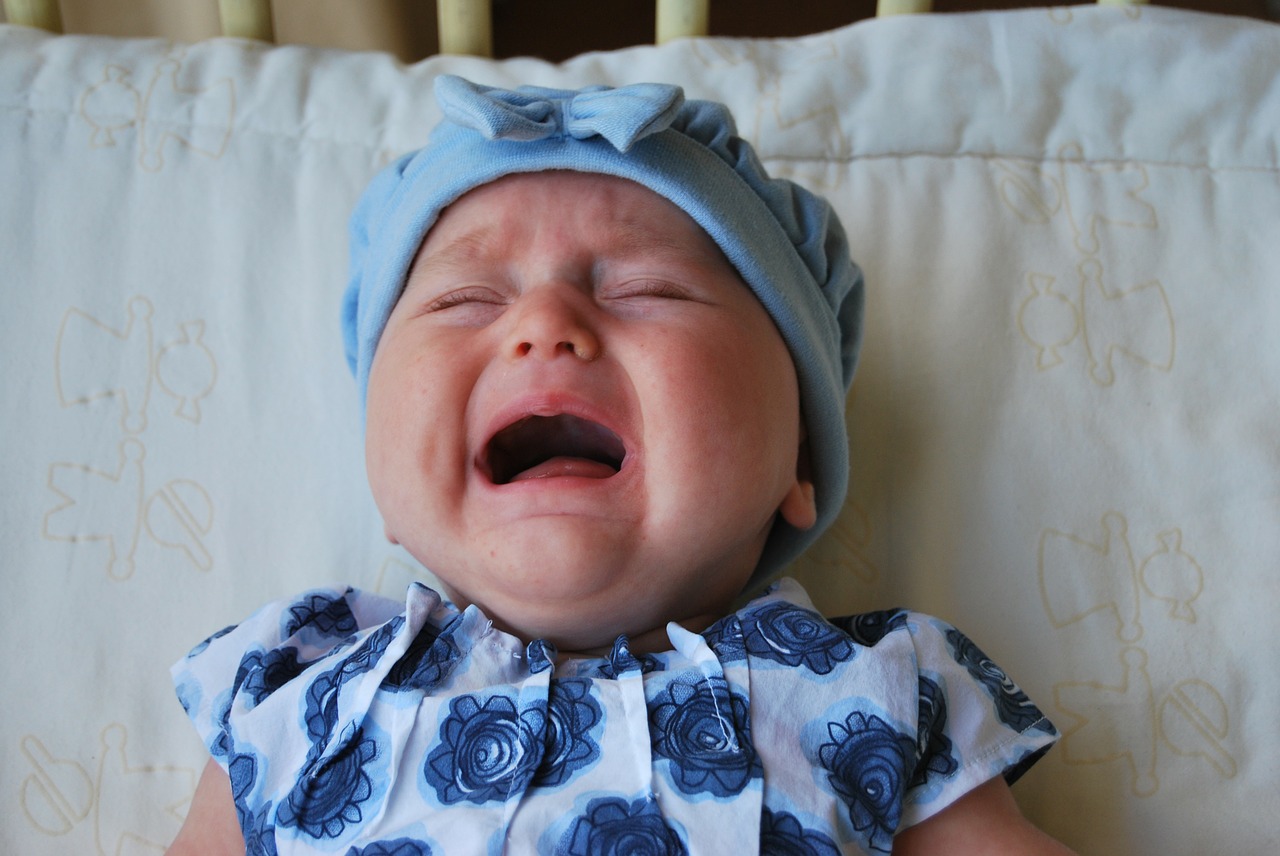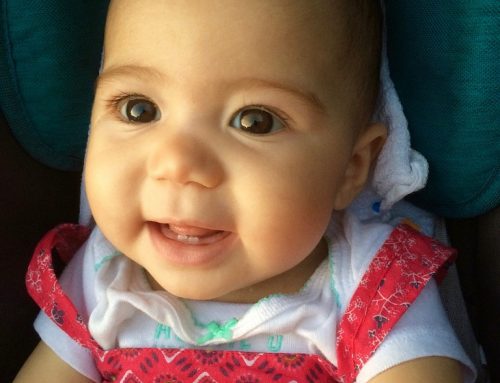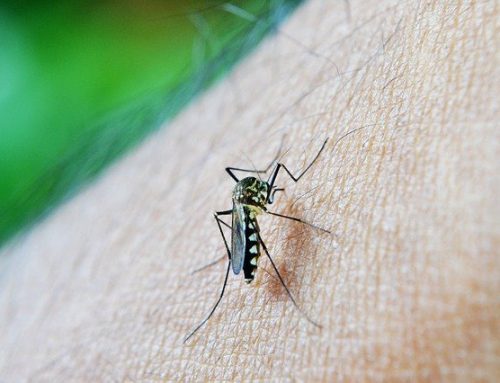A few days back, I read a rather disturbing message in a WhatsApp group. The group admin informed us that a fellow mom lost her baby to Intussusception. An 18.5-month-old baby had vomited her lunch and was restless. The baby, while restless, tried to be on her tummy on the bed/floor with legs folded to the tummy. The mother tried to get a medical opinion the same evening. Unfortunately, since the baby had not shown the typical symptoms of Intussusception (blood in stools, yellowish-greenish vomit, etc.) and hence it wasn’t diagnosed on time. The child died the same night :-(.
I struggled to control my tears reading that message. I read, then re-read the message, trying to pronounce the name of the condition, understanding the symptoms, and hoping against hope that the tragedy in the message would go away.
The mother of the deceased baby had posted the message to make parents aware of Intussusception, which, though a serious condition, is usually treatable if diagnosed in time. I had never heard/read about it till that moment. When I shared this tragic news with a few ‘mommy’ friends, they were unaware of it too. Yet we came to know that it is not so uncommon in babies between 9 – 36 months.
So, I am writing this post about Intussusception, hoping it may make parents aware of its symptoms and the treatment.
What is Intussusception (pronounced as in-tuh-suh-sep-shun)
The intestines are one long tube that carries waste from the stomach to the anus. It’s a perfect delivery system when functioning properly. But in some cases, a part of the tube (mostly small intestine) can lodge itself inside another part, creating what doctors call a ‘telescoping’ effect. When this happens, a part of the intestine is blocked off. No food or water can get through, and the blood flow to the cells is restricted. It leads to infection, inflammation and even causes the tissue within the blocked part of the intestine to wither and die. While adults rarely suffer from it, intussusception in children can occur between 6 to 36 months of age.
In most of the cases of Intussusception in children, the cause is unknown.
Symptoms of intussusception
Early signs:
- Swelling around the stomach area
- Abdominal pain*
- Drawing the knees to the chest
- Vomiting food or bile
- Nausea
*The abdominal pain may be intermittent. It may come and go.
Also, not all the symptoms may show up.
Common signs the illness has intensified:
- ‘Currant jelly stool’, which is a mixture of stool, mucus and blood
- Lethargy or drowsiness
- Diarrhoea
Intussusception does not cause fever. However, the complication caused by the condition may cause fever[1].
Diagnosis:
A doctor can diagnose the condition in a child by physical examination, rectal examination or diagnostic medical imaging. Ultrasound or X-ray imaging may be used for diagnosis [2].
Treatment for intussusception
If the blockage appears mild, an air or barium enema can be administered to check for intussusception and even fix the damage. Enemas are safe and effective for children. The child may be kept at the hospital or clinic and fed intravenously until regular bowel movement resumes.
However, if the damage is severe, the doctor might take the child in for surgery straight away. They will attempt to fix the problem, failing to do so, they may have to take out the damaged part of the intestines. So it’s best to bring your child to a doctor as soon as he complains of suspected symptoms. If diagnosed and treated within 24 hours, the chances of complete recovery are very high.
Also, once suffering from intussusception, the condition is likely to strike again.
What to do if you suspect intussusception
- Don’t medicate your child without consulting a doctor
- Don’t force your child to eat or drink
- Immediately take your child to the nearest paediatric clinic
Conclusion
As parents, our child’s well being is our top priority. Don’t be paranoid about every little ache as often; their pain will be nothing serious. However, there is always a chance it could be something to worry about. If your child is in discomfort, showing symptoms which are out of the ordinary, never hesitate to act on it.
Intussusception affects young children more than adults. It is treatable if diagnosed on time. If your child complains of intermittent abdominal pain or other related symptoms, do consult a doctor.






Thanks for writing this article Rohini. Really important to spread awareness about this.
Hi. My 11 months daughter draws her legs towards tummy. & that time she sweats a lot. She is doing this since 3-4 months.
Hi Varsha, is your child in any kind of discomfort? Is the pulling legs to tummy all the time or only some time? I would recommend you to show it to your paediatrician.